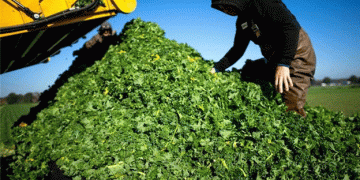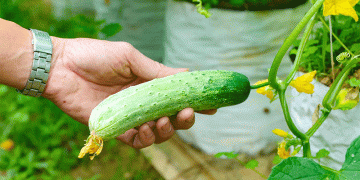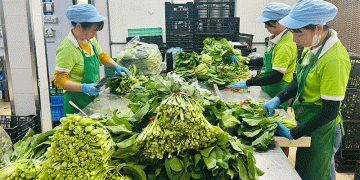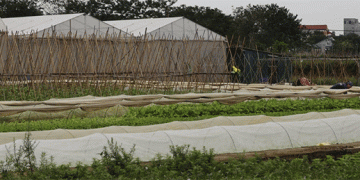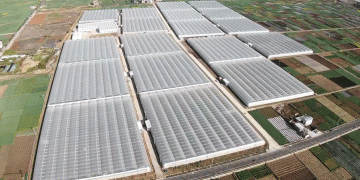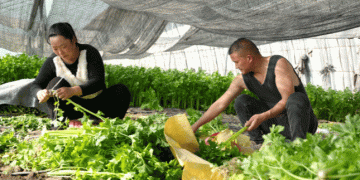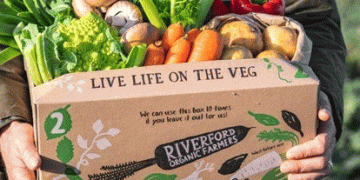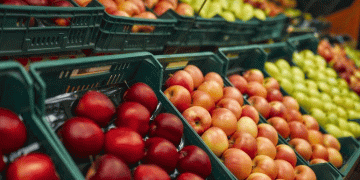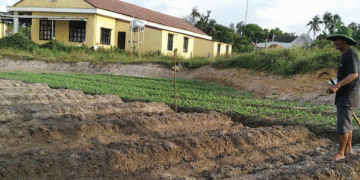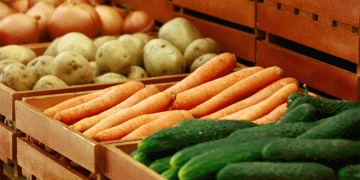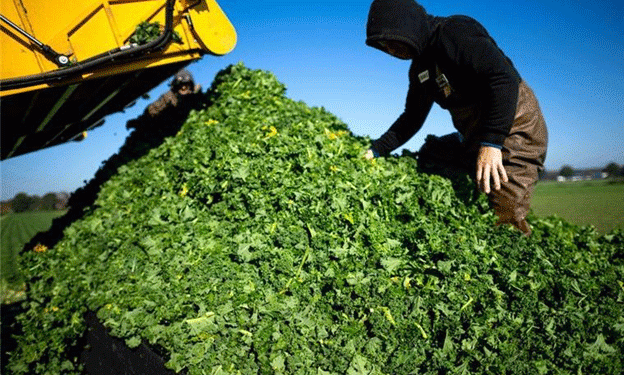As the winter months approach, the much-awaited kale harvest (Grünkohl) has begun in Niedersachsen, a region known for its strong tradition of cultivating this hearty winter vegetable. According to the Lower Saxony Chamber of Agriculture (LWK), the 2024 harvest is shaping up to be a good one, with both quantity and quality meeting expectations. While this year’s rainfall was slightly higher than usual, experts believe this has actually benefited the crop, ensuring it received adequate water while still basking in enough sunshine and warmth for optimal growth.
Kale, a key component of traditional German winter dishes, thrives in cold temperatures, but modern varieties have adapted to be harvested even before the first frost. Historically, kale wasn’t picked until after the first frost, as this was believed to convert its starches into sugars, enhancing the flavor and reducing bitterness. However, newer kale varieties are less dependent on frost and perform well with just cool temperatures. If the weather remains favorable, the harvest will continue through February, ensuring a steady supply for the region.
Kale Production in 2023
In 2023, farmers in Niedersachsen planted kale on 344 hectares, yielding over 5,780 tons of this nutritious vegetable. Despite the forecasted good quality for this season, the 2023 harvest was slightly lower than in previous years, with a 9% drop compared to 2022. This decline was due to severe flooding, which impacted several fields, causing losses for some farms. Despite this, kale remains a major crop, with 2023 still marking a solid yield considering the weather challenges.
Why Kale Remains Popular
Niedersachsen, and especially Oldenburg, is often referred to as the “culinary capital” of kale, hosting the famous Grünkohlfest, which marks the start of the harvest season. Grünkohl is not only a culinary favorite for traditional dishes like kale stew (Grünkohl mit Pinkel) but also boasts impressive nutritional benefits. Kale is one of the highest-protein vegetables and is rich in essential minerals, including calcium, potassium, and magnesium. Its high vitamin content—particularly vitamin C—also contributes to its popularity during the cold winter months when immune-boosting foods are in demand.
The 2024 kale harvest in Niedersachsen is off to a strong start, with favorable growing conditions and a positive outlook for quality and yield. While the weather has presented challenges in past years, the resilience of modern kale varieties ensures that this winter vegetable remains a staple of both local agriculture and regional cuisine. With the continued demand for nutritious, locally grown foods, kale production in Niedersachsen is poised to maintain its significance in the region’s agricultural landscape.
